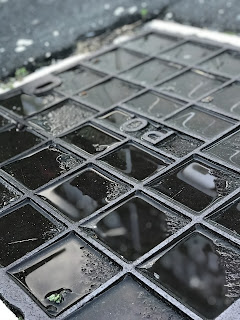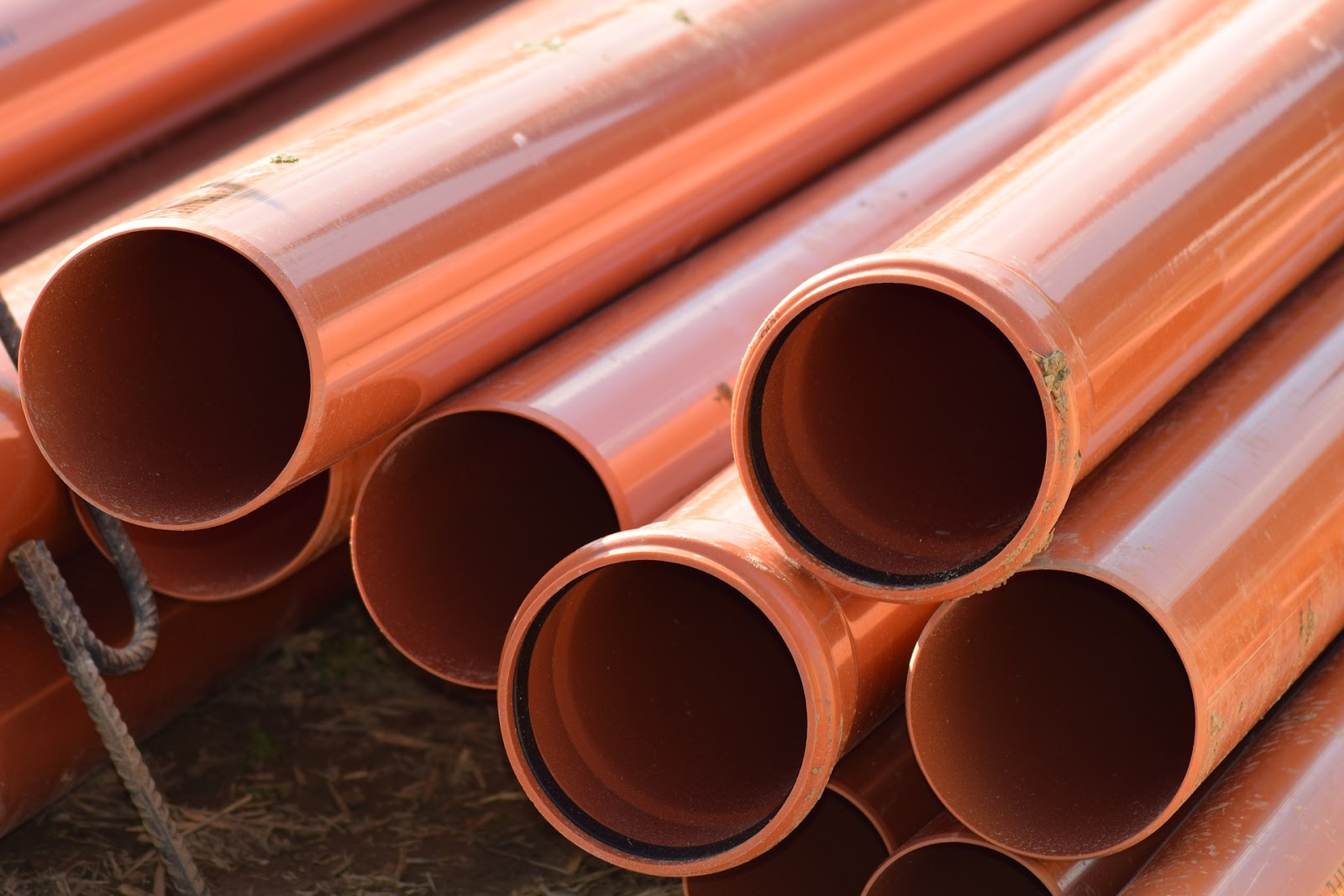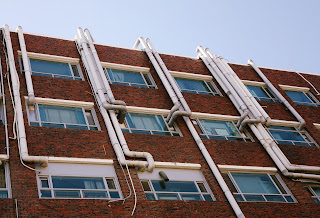Process of Pipe Relining
Pipe relining, also known as Cured In-Place
Pipelining (CIPP), is a trenchless rehabilitation method by which both
commercial and domestic pipelines can be repaired without the excess costs
associated with having to dig up and replace existing pipelines. CIPP has
applications in sewer, water, gas and chemical pipelines ranging in diameter
from 0.1 to 2.8 meters. Replacing traditional drain and sewerage pipe systems
are probably the most dreaded domestic nightmares when it comes to the expense
and aesthetic appearance. However, CIPP solves these problems with minimal
digging even if the pipes have suffered substantial internal damage. It is a
jointless, seamless pipe lining within an existing pipe. Sewer relining in Sydney has been proven to be a simple, fast and
more affordable method for more than a decade in Australia.
Pipe relining attempts to repair the pipes by
curing them from the inside using a resin impregnated felt tube made of
polyester, fiberglass cloth, spread tow carbon fiber or another resin-impregnable
substance. This method, in particular, helps in avoiding problems common in
repairing sewage or drains. This includes, but not limited to, pipe cracks,
root intrusion, and leaking joints. The insertion in drain relining in Sydney is usually done from the upstream access
point to avoid greater risks.
The process of sewer relining starts by inserting a CCTV into the
system with which the professional plumbers inspect the entire plumbing system,
noting its state, damages and mapping it.
After inspection the cleaning process begins. This involves removing all the
hardened scale, debris, tree roots, and any other material that may block the
pipes or sewer lines. This helps the relining felt to adhere to the original
pipe or sewer line easily. Among the many cleaning methods, water jetting is
one of the most popular and effective.To install the liners, the felt liner is saturated with two parts. After that, the outer surface of the liner is scored, enhancing its ability to adhere well to the pipes. The proper adhesion between the two is essential to negate the chances of water filling the space between the outer walls of the new pipe and the inner walls of the old pipe. It is then pulled into position correctly while sewer relining in Sydney is in its pace. The rubber bladder inside the epoxy-impregnated felt is expanded to adhere to the walls. The liner is then cured with the help of hot water or naturally, taking the shape of the pipe.
Finally, the rubber bladder is deflated and removed. To make sure the new pipe works properly, the junctions and the entire length of the pipe are inspected. The plumbers then, refit the valves and couplings and perform water flow rates and volumes testing and water quality testing.
To install CIPP an access hole of around a metre
square is required and thus, zero re-landscaping cost. Drain relining in Sydney is a faster, cost-effective process
yielding long-term, durable, easy to repair solution minimising leaks and
infiltration in the water system.





Great blog I visited your blog for the first time. Very informative post. I will come back often to check out the new stuff you post! If anybody looking for the best pipe relining services. BN plumbing offers the best services of pipe relining Sydney. If you want your pipe fixed quickly with minimal disruption, trenchless pipe lining is the best way to go. Your pipes could be repaired in a matter of hours, and you won’t have work crews disrupting traffic and tearing up your garden. Even if the upfront cost is a bit higher, the long-term benefits often outweigh the short-term savings.
ReplyDelete